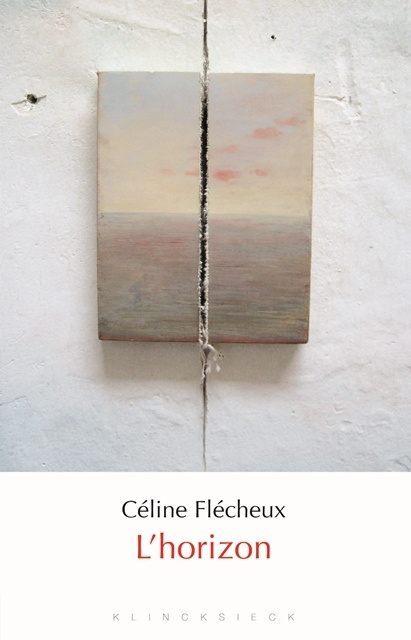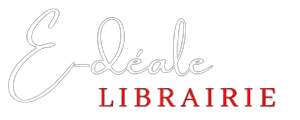As the limit of my field of vision, the horizon ties me to the world and to others. It is over there, but this does not constitute an objective limit. Yet how many times have I felt that I could draw near it, touch it, or even pass under it or beyond it? To broach the subject of the horizon, we need to broach it in an almost tangible way. As fantastic and imaginary as it may be – if no one can reach it – it has nonetheless constituted a stable landmark for the early astronomers, a guide for navigators, and a course heading for astronauts. The role it has played in fields as dissimilar as astronomy, the history of great discoveries and the modelling of perspective is dramatic proof that it constantly serves as a reference point in our construction of the world. Whether a line, a circle, an opening or a closing, the basis for a vanishing point or an imaginary place, a finite mark or an infinite resonance, an enveloping limit or a vertiginous abyss – the horizon's seemingly contradictory aspects compel us to ask ourselves what comprises its unity. In science as in art, it is an indispensable and paradoxical tool for understanding the relations between earth and sky.
An art historian with a background in philosophy, Céline Flécheux is a Senior Lecturer in Aesthetics at Université Paris Diderot-Paris 7. Her research deals mainly on the question of the horizon. She also contributes regularly to publications in the contemporary art field.




